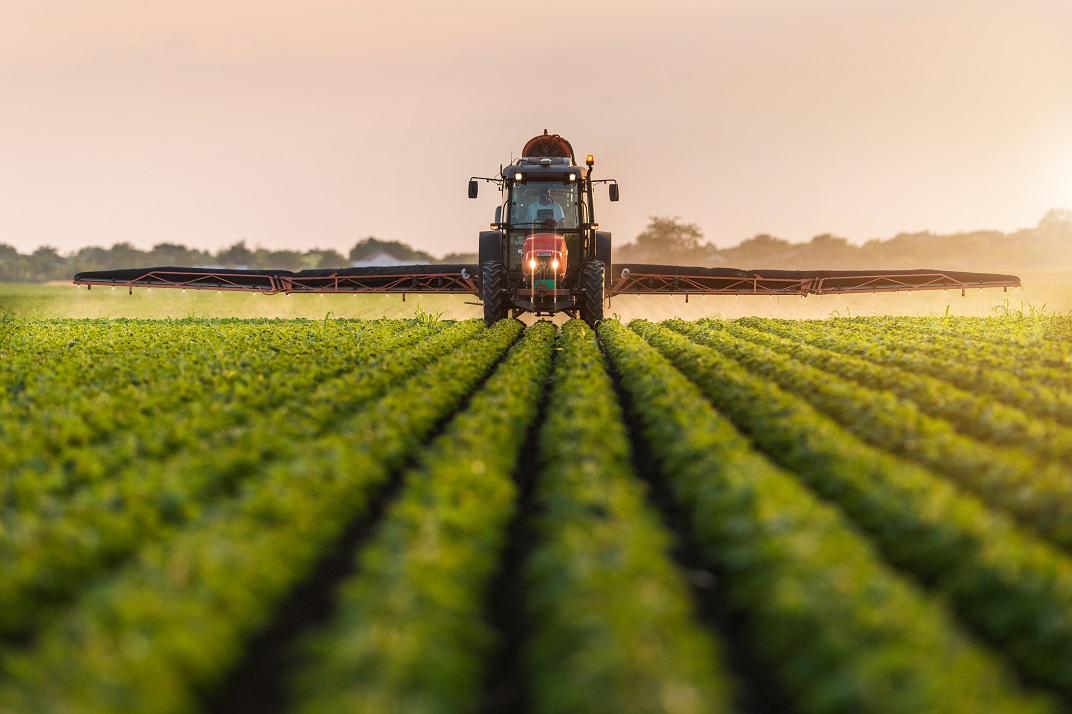Insight | Enabling the connected farm – the importance of satellite communications
Enabling the connected farm – the importance of satellite communications
Enterprise
Inmarsat's Steven Tompkins cuts through the jargon to explain why satellite connectivity is the key to a global, digitalised agriculture industry.
The Agri-Tech Revolution, Agriculture 4.0, the smart and connected farm. There is no shortage of buzzwords hinting at a digitalised future, or solutions being touted as game-changing for the global agricultural industry. Commonly claimed benefits include increasing crop yields, and a reduction in input costs and the reliance on manual labour.
Many of these solutions rely on reliable internet connectivity in the field to push data from one place to another, but there are still vast swathes of agricultural land that suffer from unreliable or non-existent connectivity, either lacking cellular or broadband connectivity. If we are to take advantage of the huge possibilities available to us, overcoming our connectivity challenges will be crucial.
This is where satellite communications can help. When I tell people that I am an agriculturalist working for a satellite company, almost always the response is related to an experience of using space imagery (known as Earth Observation) to help automate processes such as crop scouting. But there is another breed of satellites that don’t produce images but do provide fast and reliable internet and voice communications across the world in areas that cellular and fibre connectivity cannot reach.
Ubiquitous connectivity from satellites opens up huge possibilities for farmers in remote areas to take advantage of the Agri-Tech Revolution. In some cases, this is as simple as connecting frontline worker teams in large plantations to operations centres to prioritise workload and create efficiencies. Taking it one step further, satellite communications can be a bridge to enable farmers to connect data producing devices in the field (such as weather stations, sensors, data from farm machinery) to business applications.
Known by the tech world as the ‘Internet of Things’ or IoT, this approach collects data from the field and harnesses it to support intelligent decision-making. For instance: obtaining real-time data on nutrient status in the field from NPK (Nitrogen Phosphorous and Potassium) sensors, alongside crop monitoring data and hyper-local weather that would allow you to make completely objective risk-based decisions on when and where to apply fertiliser.
We know the industry is taking this proposition seriously – our own research told us that on average agriculture respondents expect to spend close to $1million on IoT solutions in the next three years and 72% of respondents would use satellite technology to support their projects. Of course, satellite isn’t the answer to everything and should be used in tandem with other connectivity types, and the good news is it’s easy to integrate with other connectivity technologies. With increasing demand to connect the physical world to the digital world, in some of the world’s remotest locations think of satellite not just as a series of images taken from space but an enabler to the Agri-Tech Revolution.
For more information on our satellite-enabled managed service solutions for agriculture, contact us.
About the author
Steven Tompkins is Inmarsat’s Director of Sector Development for Agriculture. He is responsible for using the organisation’s market leading high-speed data communications and global IoT capability to build practical solutions for a digitally connected agriculture sector. Steven has extensive experience consulting for large private and public sector organisations in the agri-food industries, building and running complex projects to improve agricultural productivity and sustainability across multiple geographies. He has recently joined Inmarsat from a leading agricultural research organisation in the UK (NIAB) in which his focus was to take new science and knowledge and turn it into practical tools and technologies for farmers such as yield forecasting models and precision irrigation technologies.


